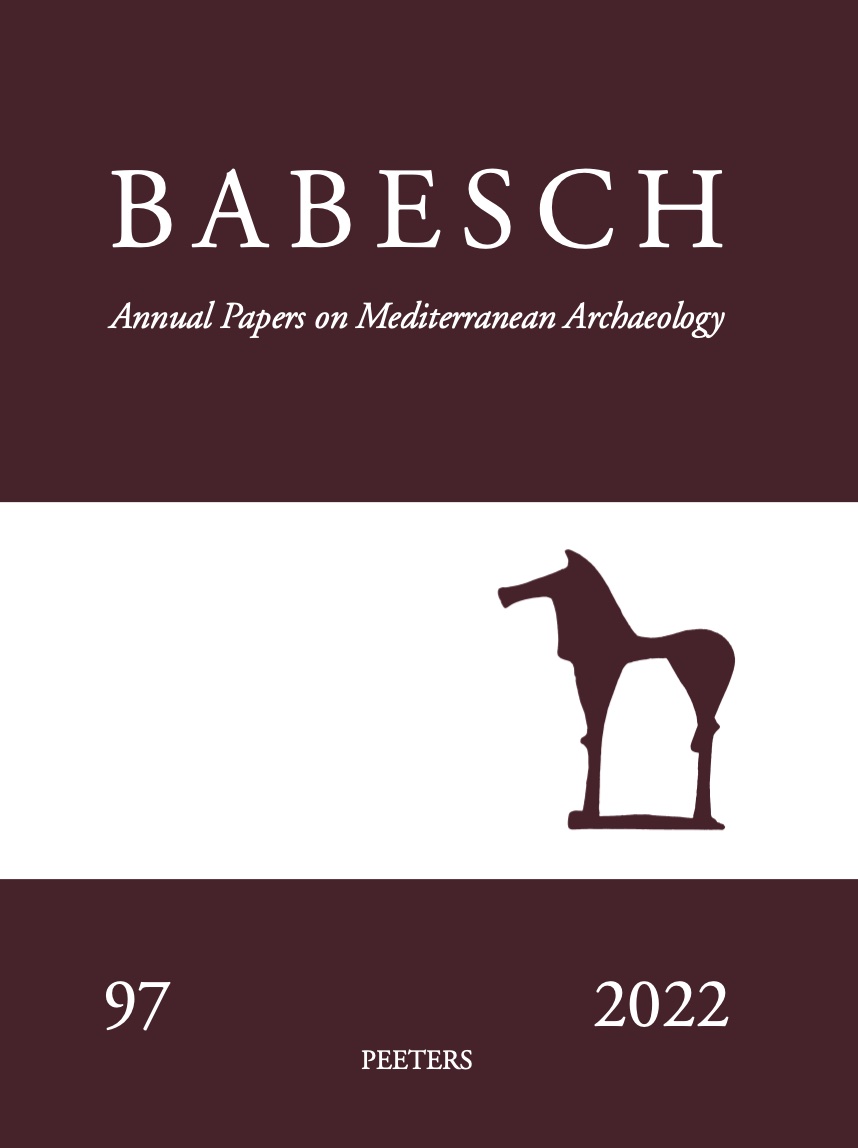 previous article in this issue previous article in this issue | next article in this issue  |

Preview first page |
Document Details : Title: Private Latrines in Ostia Subtitle: A Case Study Author(s): BOERSMA, Johannes Journal: BABESCH Volume: 71 Date: 1996 Pages: 151-160 DOI: 10.2143/BAB.71.0.2002278 Abstract : This article does not intend to deal extensively with all of the sanitary amenities attested in the Ostian houses during the Imperial period; for this, much further research would be needed. It merely presents a case study of the sanitary provisions in one particular block at Ostia in order to show how promising this theme is. The block in question is block V.ii, bordered by Semita dei Cippi on the west, Via della Fortuna Annonaria on the north, Via dei Cippi on the east, and a nameless street on the south side. Fourteen different buildings of varying character and function are contained within this block which can be considered fairly representative of all of the different kinds of buildings to be found in Ostia during the later Imperial period, in particular the 4th century A.D. A detailed description and analysis of all the visible remains of block V.ii by a Dutch team during the period 1976-1979 were published in a monograph ten years ago; this article is based upon this report. I was inspired to take up the subject in question when I attended a seminar on Classical and Medieval latrines held at Nijmegen University in 1994, where I was invited to discuss the latrine in the House of Fortuna Annonaria which is situated in block V.ii. It then occurred to me to deepen the subject by including all of the latrines registered in the different buildings throughout the block, on the ground floor as well as on the upper floors, commenting upon their location and distribution in the hope that this might contribute to a better understanding of the social status of the particular buildings and apartments – eventually, of course, to be considered in the context of the entire interior decoration of the building. The ideas expressed here may encourage further study of the sanitary provisions in Ostia and elsewhere. |
|


